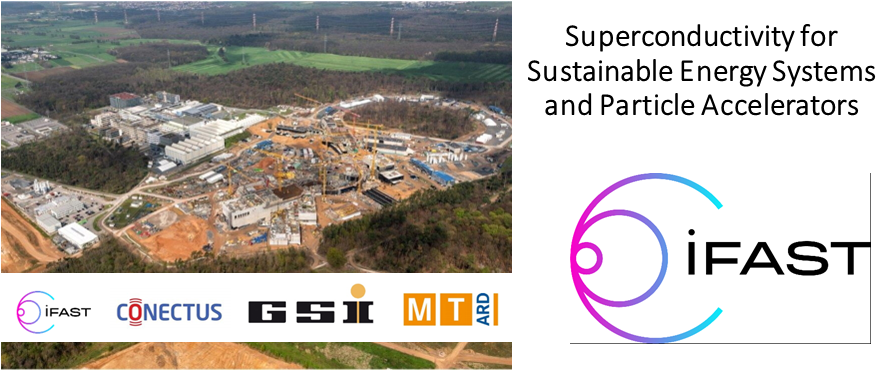Vorsitzende der Sitzung
Session 4
- Niels Pyka (GSI Helmholtzzentrum für Schwerionenforschung GmbH(GSI))
Particle accelerators offer unique opportunities for research in a wide variety of fields. This diversity is also expressed in a wide variety of requirements for the respective technologies of the machines. With a new understanding of the importance of climate change and the resulting necessity for sustainable operation of the machines key technologies have to be evaluated under new aspects....
A key strategic approach to making accelerator-driven light sources more sustainable is to reduce their size. In the case of e.g. Free-Electron Lasers this size reduction can be achieved by using short-period undulators and high-gradient accelerating structures, ranging from X-band structures down to laser-plasma accelerators (LPA). HTS magnet technology can play a key role in this approach,...
A round hollow conductor with a low temperature superconductor (NbTi) is used to
the FAIR magnets for the heavy ion synchrotron SIS100 of FAIR. With high capability of relieving a heat from AC losses, the cable enables to operate the magnets with a fast ramp rate such as 27 kA/sec. corresponding 4 T/sec., which are required for the heavy ion acceleration. For a future heavy ion accelerator...
AC loss generated in a superconducting cable during variation of magnetic field is essential property affecting its use in pulsed magnets for particle accelerators or fusion tokamaks. It can be shown, that in round high-temperature superconducting (HTS) cables made from coated conductor (CC) tapes, the hysteresis loss is proportional to the tape width. Then a plausible measure for reducing it...
The European project IFAST's Work Package 8 (WP8) focuses on advancing Innovative Superconducting Magnets, with a specific emphasis on exploring the potential of Canted Cosine Theta (CCT) magnets wound with High-Temperature Superconductors (HTS). These superconducting magnets have the capacity to make a significant impact by reducing the size and cost of synchrotrons and gantries used in...
The linear accelerator HELIAC will provide heavy ions with particle energies of 3.5 MeV/u to 7.6 MeV/u (A/Z = 6) at the GSI Helmholtzzentrum für Schwerionenforschung. Thanks to supercon-ducting radio-frequency technology, it will be able to deliver high average beam currents in continuous-wave mode.
The radio-frequency resonators of the so-called Cross-bar H-mode type are being developed in...

